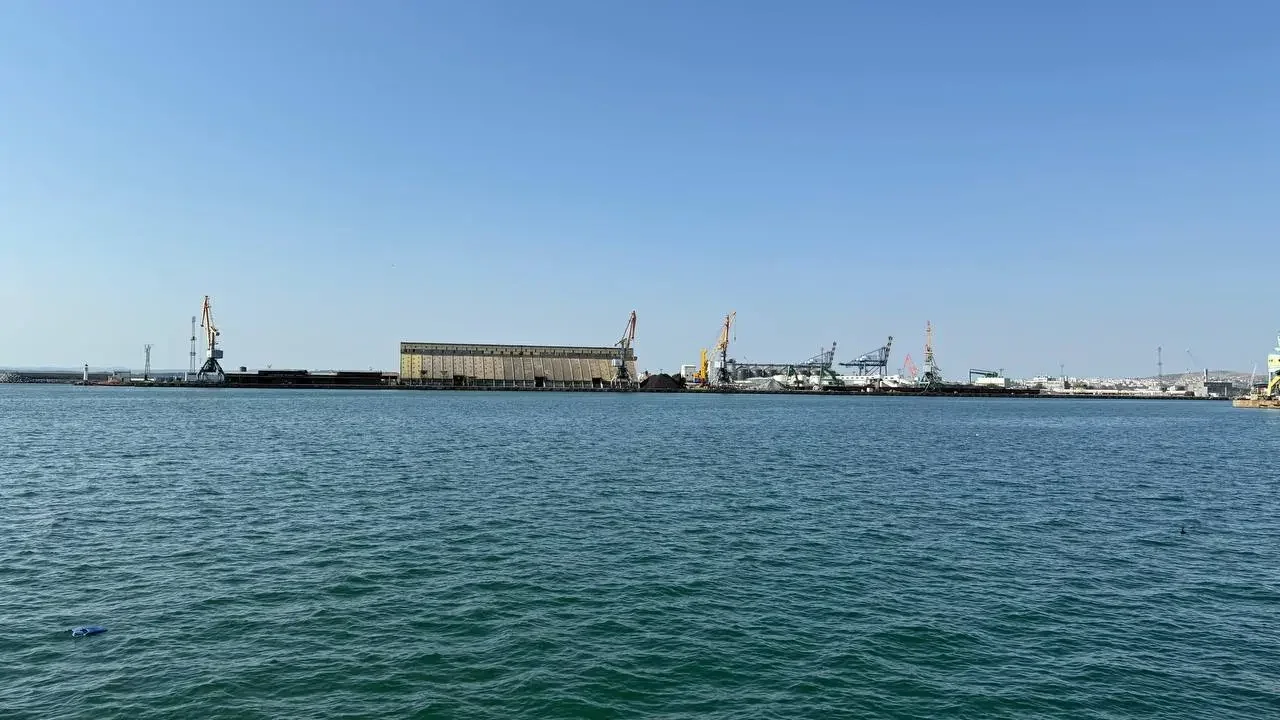South China Sea Reignites as a Geopolitical Flashpoint
In recent weeks, tensions have risen sharply between China and the Philippines in the South China Sea. On June 17, a Philippine patrol vessel was damaged following a collision with a Chinese ship near the Second Thomas Shoal — a reef claimed by Manila but de facto controlled by Beijing.
Historical and Legal Background
The South China Sea is a strategic waterway through which over 30% of global trade flows. Despite a 2016 Hague tribunal ruling rejecting China’s sweeping historical claims under the “nine-dash line,” Beijing continues to ignore the decision and has accelerated the militarization of artificial islands.
The Philippine Response and International Support
President Ferdinand Marcos Jr. condemned China's actions as a "violation of international law" and reaffirmed his country’s sovereignty. The United States promptly reiterated its commitment under the 1951 Mutual Defense Treaty, while Japan expressed "deep concern" and offered technical assistance for maritime surveillance.
Naval Power in the Region
China possesses the world’s largest navy by number of vessels, but the U.S. maintains technological and strategic superiority. Following the latest incidents, a U.S. destroyer and a Japanese frigate conducted joint exercises off the Philippine coast — a signal of tightening regional alliances.
Geopolitical Tensions Among Claimants
Besides the Philippines, Vietnam, Malaysia, and Brunei also claim parts of the South China Sea. Experts warn that any major maritime clash could quickly escalate, potentially destabilizing the broader Indo-Pacific region.
Scenarios and Risks
The most likely scenario over the coming months includes:
- Continued low-level provocations, avoiding direct military conflict
- Increased U.S. and Japanese presence through joint naval patrols
- Renewed diplomatic efforts via ASEAN and the UN
However, if China persists with its "gray zone" tactics — aggressive but non-military moves — the risk of a deadly incident remains high.
Conclusion
The South China Sea remains a frontline in the contest between geopolitical ambition and international legal norms. Whether the region moves toward conflict or compromise will depend on how regional actors coordinate their strategies and whether global powers prioritize de-escalation over deterrence.
You may also like
Disclaimer:
This article is an analytical review by the BurgasMedia editorial board and reflects the opinion of an expert group based on current political, economic, and social developments.
The conclusions presented are not predictions or factual statements, but a hypothetical interpretation of possible scenarios.
The publication is not responsible for any discrepancies with future developments and encourages readers to form independent judgments based on verified sources.








Коментари (0)
Все още няма коментари.